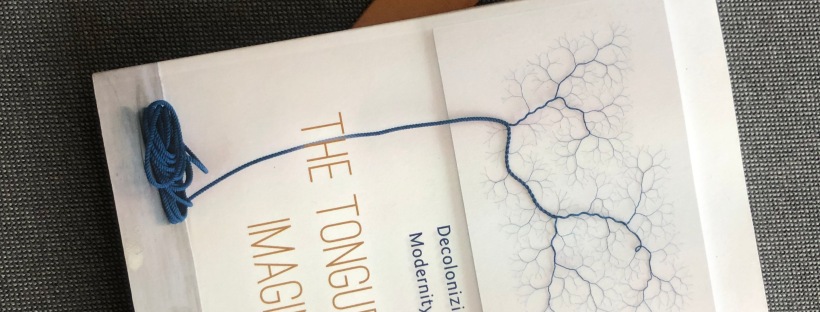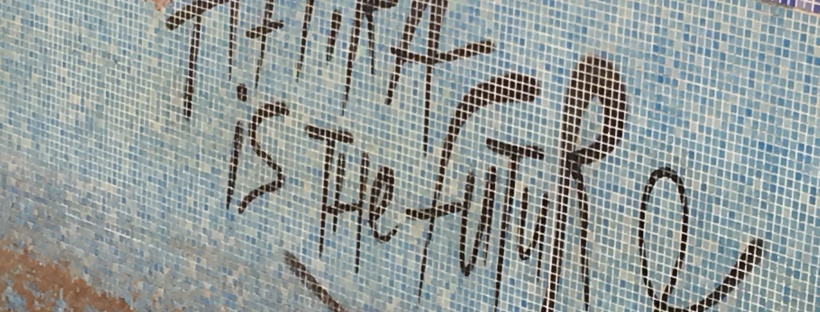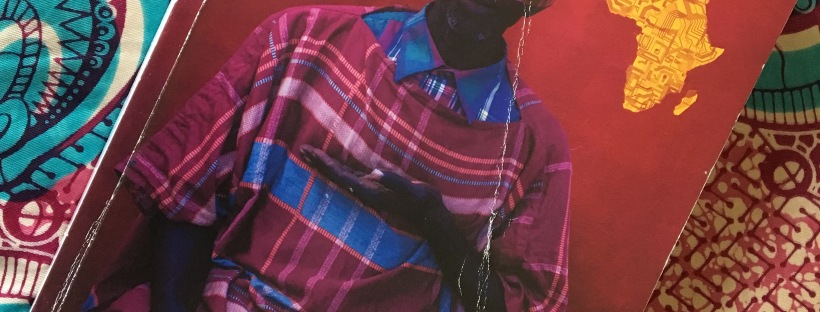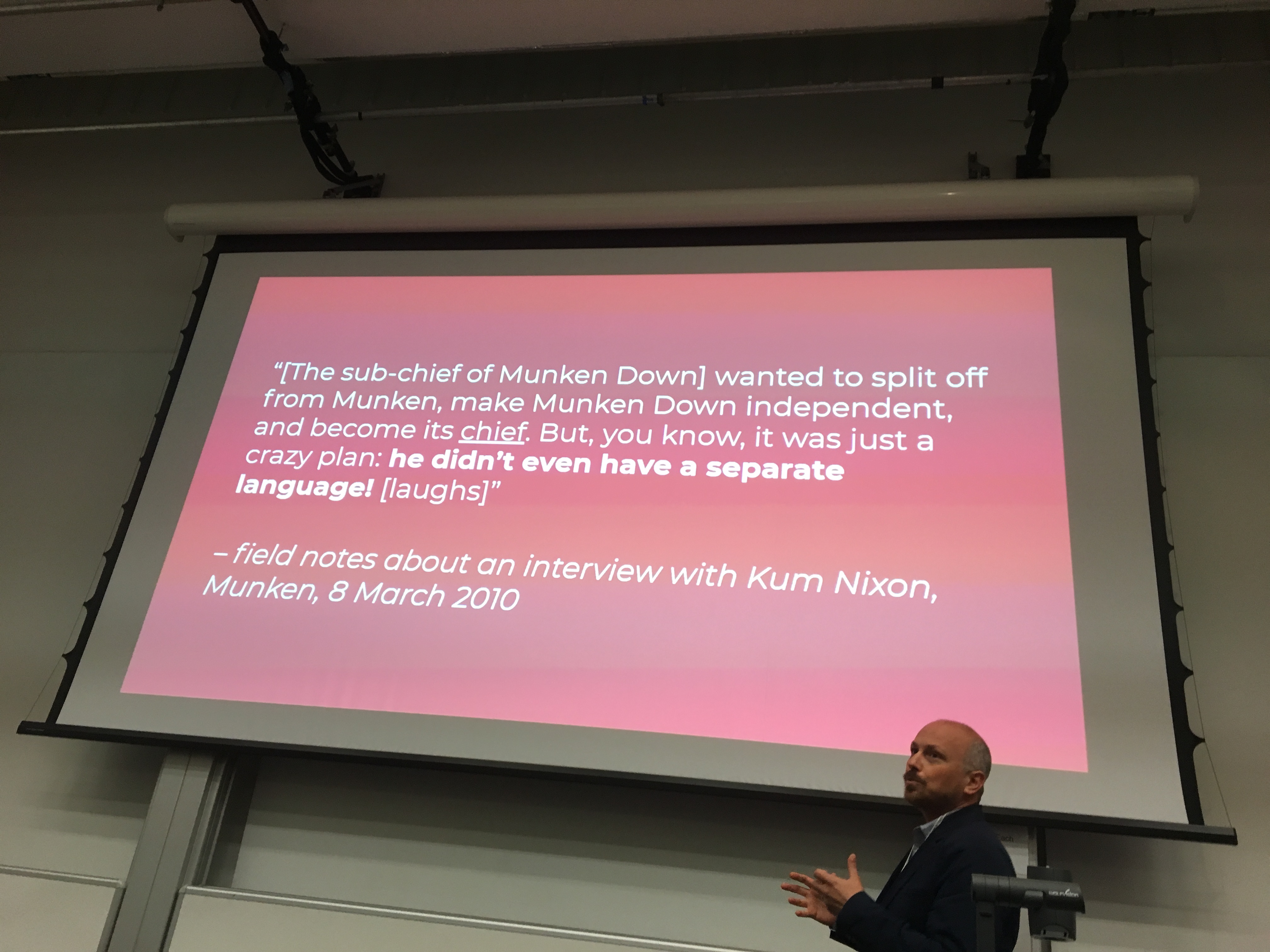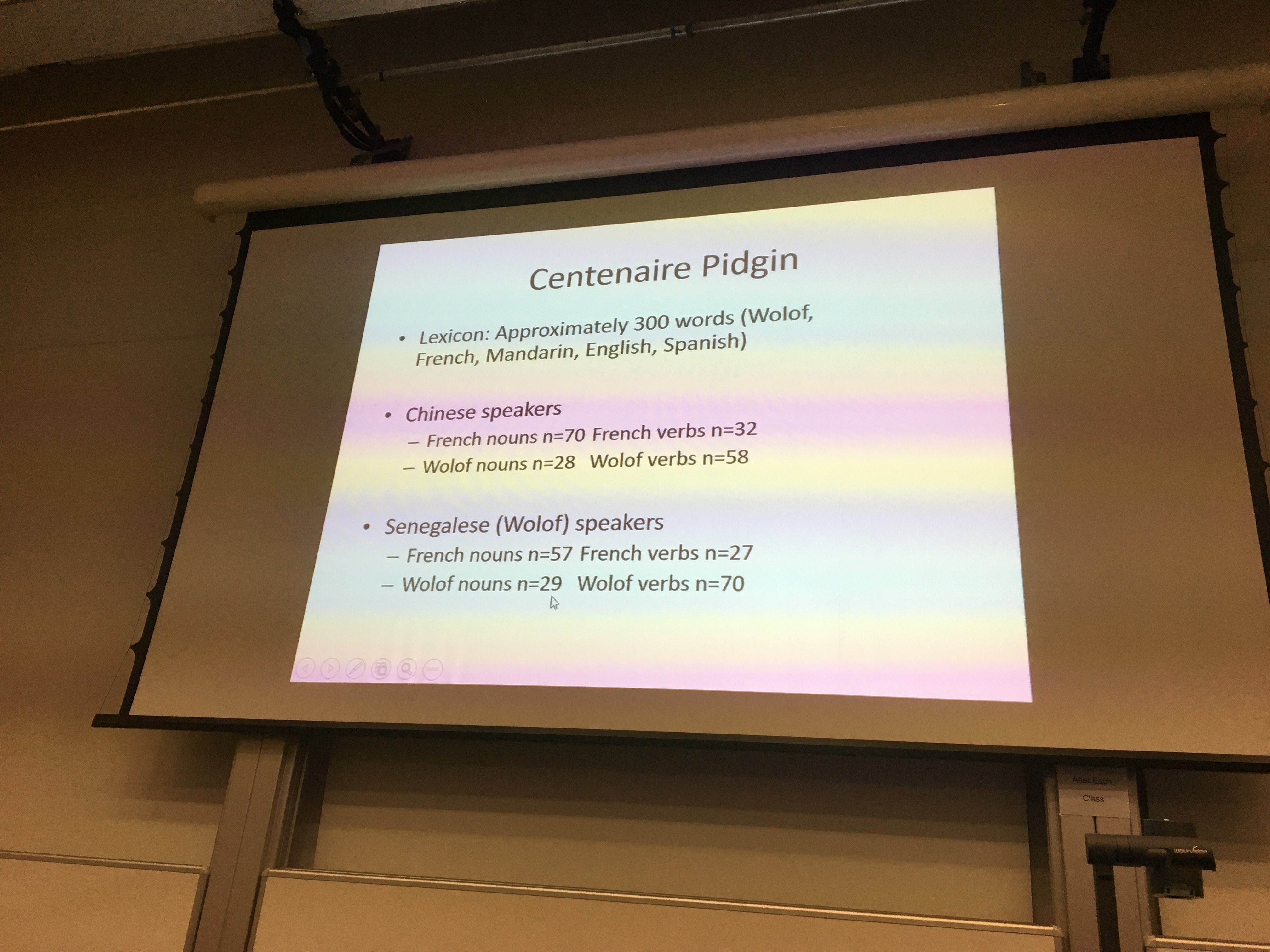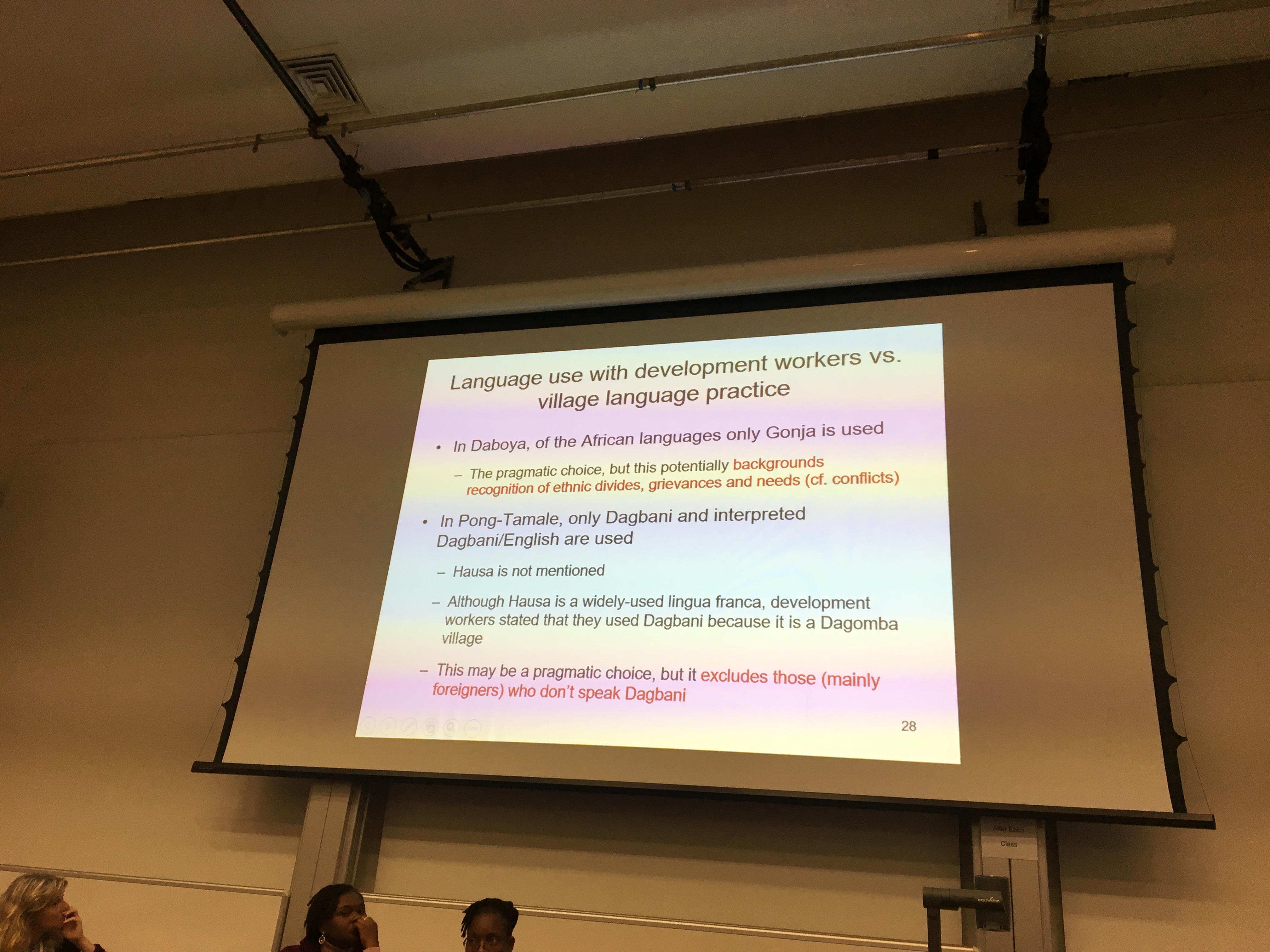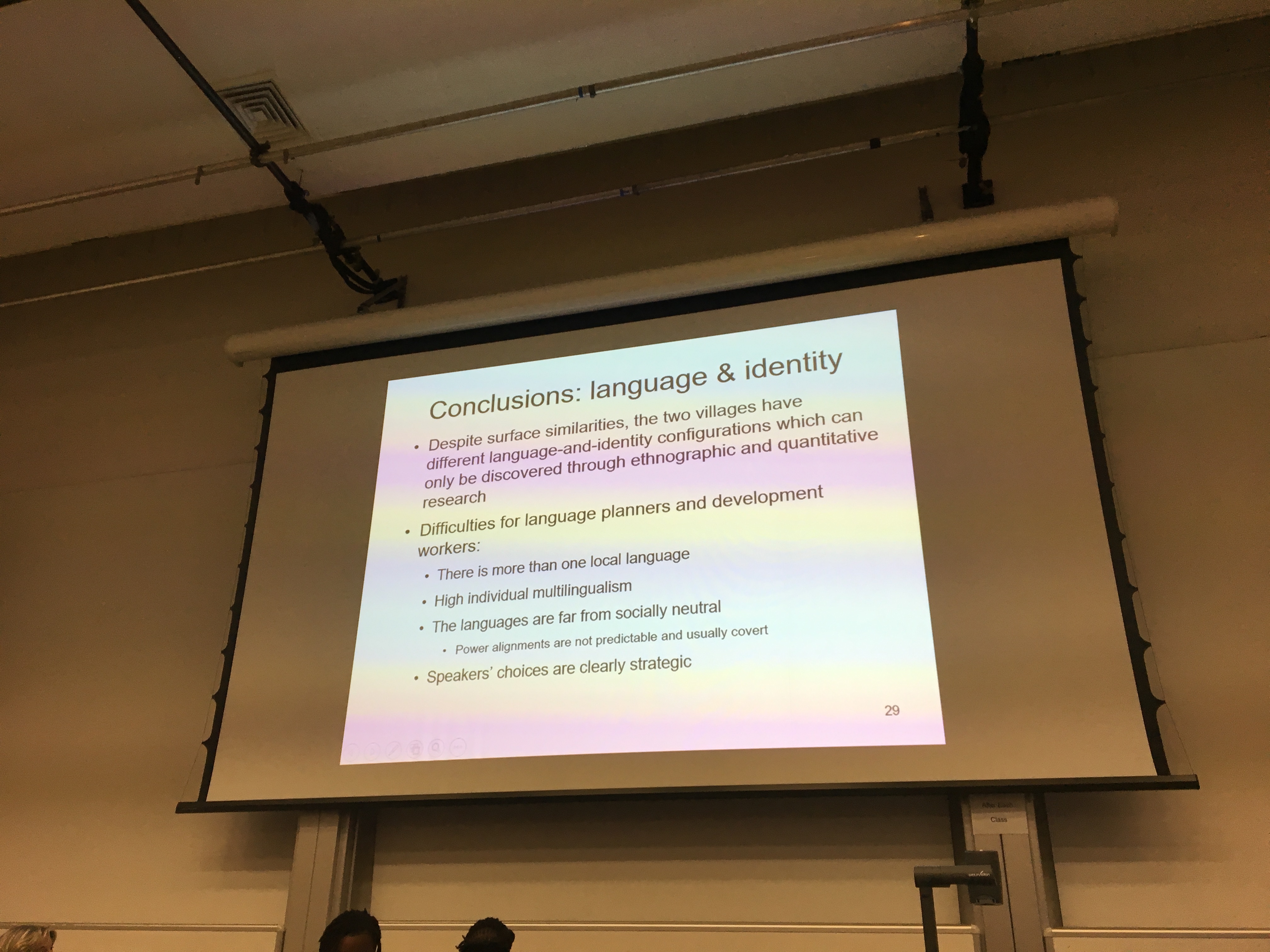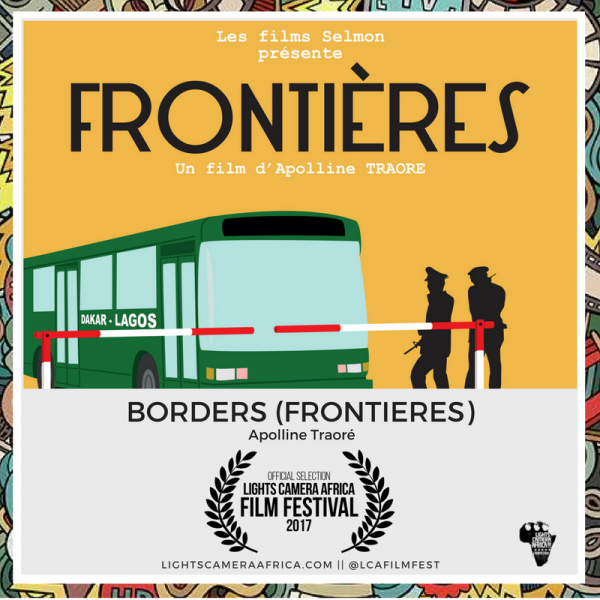This blog had a long hiatus – I’ve been too busy adapting to life in Finland and learning one of its official languages, Finnish. It is not without irony that I take up this blog again at the end of a week celebrating the European day of languages. Two years ago at the same time, I wrote about this occasion and asked the question whether Africa (or the world) would need an African day of languages. Now I have a compelling motivation to take up blogging again: I watched two of the films shown at the recent Helsinki International Film Festival, which had a focus on African film under the theme African Express this year, and was struck by the continuing marginality of African languages in these films. They can serve to illustrate the eery absence or underappreciation that is the fate of African languages in cultural production.
Let’s begin by looking at an absolute classic which featured at the festival: Ousmane Sembène’s La noire de... (English: Black girl), hailed as the first film produced by a Sub-Saharan director. Its protagonist is a young woman from Dakar who moves to Antibes to continue working for a French colonial family as their children’s nanny, but finds herself isolated, confined and reduced to the status of a domestic servant. First screened in 1966, the conditions imposed by early postcolonial censorship and postproduction forced Sembène to film mostly in silent mode. At the time, films had to be postproduced in Paris. Since Sembène had received no funding from the French Ministry of Cooperation to send his actors to France, he was severely constrained in his artistic choices: La noire de makes very little use of voice, and especially the protagonist Diouana, played by the Senegalese actress Thérèse M’Bissine Diop, is seldom seen speaking. When we hear her, we listen to her inner monologues, recorded in a studio in Paris. But many viewers of the films will not know that they are not listening to M’Bissine Diop’s voice, or to Senegalese French – the voice-over was created by the Haitian actress Toto Bissainthe.
A triple alienation: Diouana the nanny is not only reduced to a maid without any rights, she is also robbed of her voice, which most likely would have been in Wolof mixed with Senegalese French. This voice is supplanted with metropolitan, standard, French, performed by a Haitian voice artist in a sound studio in Paris for whom this variety of French is as colonial as is standard French for Diouana, since Kreyòl Ayisyen is the language which with most Haitians identify. Sembène uses this imposed silencing to his advantage, making the violence endured by his central character audible as being what it is: the imposition of having to speak the language of the people who torment her. (His next film, Mandabi, received French funding and even the permission to create a French and a Wolof version, but is was shot based on a script in a French that was a literal translation of Wolof so that his actors, who had to perform the French text, could also do it in Wolof).
Fast forward to 2021, the year in which Le dernier réfuge (English The last shelter), a documentary by Malian director Ousmane Samassekou, was shot. The film, an endearing elegy of migration, conviviality and temporary shelter portraying migrants and staff at a refuge run by a catholic charity in Mali’s northern city Gao, was produced in South Africa and France. Advertised as being in English and French, the film captures a multilingual soundscape filled with the diverse and multilingual repertoires of its characters – we hear West African Frenches in all their dazzling diversity, Mali’s most spoken language Bambara, and several languages of which I can only guess one to be a Gbe language – one of the migrants comes from Benin and speaks a language containing labiovelar sounds, just like [gb] in the name of the language group. I wish I could tell you with more certainty what language this was, and which other African languages unidentifiable to me were being used. But I can’t, because this information has not been deemed important: the subtitles are exclusively in English and French and do not even mention that some sections are translated and not in French originally. Through this omission, viewers are denied to even rudimentarily experience, through sign-posting in subtitles, the auditory feast of West Africa’s rich multilingualism.
Back to Finland. In this country of a mere 5 million inhabitants, all foreign films shown outside of festivals are subtitled not just in one of its official languages, but in both Finnish and Swedish, even though Swedish is spoken by 5% of the Finnish population. Sami languages, Finnish Romani and Finnish sign language are absent, although some of these have around half of the number of users of Swedish. The European day of languages clearly has a lot of work to lobbying to overcome the nationalist heritage investing some European languages with rights and others not. But in terms of acknowledging its linguistic diversity and making films accessible, Africa is lagging far behind. In Mali and Senegal, only a minority speak or read French, whereas Wolof and Bambara are spoken by the majority of inhabitants. Perhaps it really is time for an African day of languages, not the least in order to remind (especially the many foreign) producers of African films that the languages in which they are shot and subtitled make them inaccessible to most African viewers.
*Postscript: my colleague Adam Schembri rightly pointed out that the original title (From inaudible to invisible 50 years of African languages in film) was guilty of erasure itself: it failed to make room for African sign languages. Were they present, they would of course be visible, but in all likelihood as unacknowledged as the spoken languages. As it is, they can’t even boast the doubtful privilege of having to be removed from commercial audiovisual feature films. Sign languages have no status, official recognition or public presence in most African countries. If even spoken languages with official recognition, such as Wolof and Bambara, are removed or rendered invisible in film, what hope would there be for sign languages to even be represented in the first place?
A wealth of information on the linguistic conditions of cultural production in Senegal, including the information presented here on Ousmane Sembène, can be found in this monograph:
Warner, Tobias. 2019. The tongue-tied imagination. Decolonizing literary modernity in Senegal. New York: Fordham
